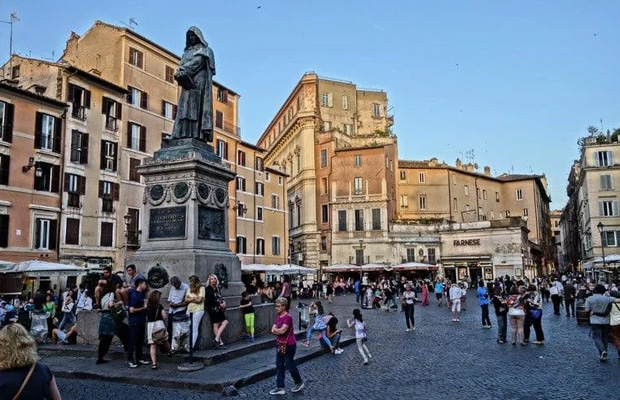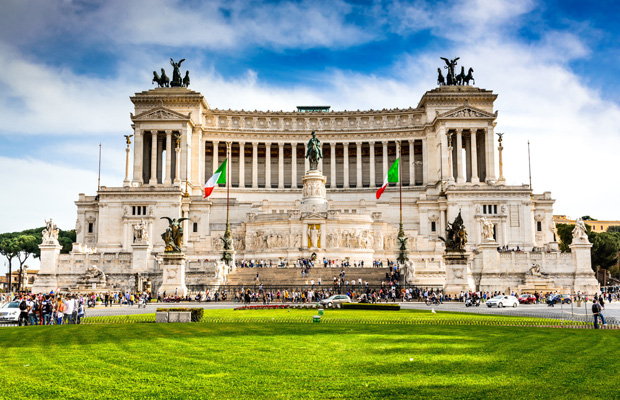Pantheon
Pantheon
Italy
Rome
Rome Travel Guide
Book Tour & Activities
Your tour in Rome.
Book your stay
Your hotel in Rome.
Overview
The Pantheon is a former Roman temple, now a Catholic church, in Rome, Italy, on the site of an earlier temple commissioned by Marcus Agrippa during the reign of Augustus. It was rebuilt by the emperor Hadrian and probably dedicated about 126 AD.
The Pantheon is a former Roman temple, now a Catholic church, in Rome, Italy, on the site of an earlier temple commissioned by Marcus Agrippa during the reign of Augustus. It was rebuilt by the emperor Hadrian and probably dedicated about 126 AD. Its date of construction is uncertain, because Hadrian chose not to inscribe the new temple but rather to retain the inscription of Agrippa's older temple, which had burned down. The building is cylindrical with a portico of large granite Corinthian columns under a pediment. A rectangular vestibule links the porch to the rotunda, which is under a coffered concrete dome, with a central opening to the sky. Almost two thousand years after it was built, the Pantheon's dome is still the world's largest unreinforced concrete dome. The height to the oculus and the diameter of the interior circle are the same, 43 metres. It is one of the best-preserved of all Ancient Roman buildings, in large part because it has been in continuous use throughout its history and, since the 7th century, the Pantheon has been in use as a church dedicated to "St. Mary and the Martyrs" but informally known as "Santa Maria Rotonda".
The name "Pantheon" is from the Ancient Greek "Pantheion" (Πάνθειον) meaning "of, relating to, or common to all the gods": (pan- / "παν-" meaning "all" + theion / "θεῖον"= meaning "of or sacred to a god").[7] Cassius Dio, a Roman senator who wrote in Greek, speculated that the name comes either from the statues of many gods placed around this building, or from the resemblance of the dome to the heavens.[8] His uncertainty strongly suggests that "Pantheon" (or Pantheum) was merely a nickname, not the formal name of the building.[9] In fact, the concept of a pantheon dedicated to all the gods is questionable. The only definite pantheon recorded earlier than Agrippa's was at Antioch in Syria, though it is only mentioned by a sixth-century source.[10] Ziegler tried to collect evidence of panthea, but his list consists of simple dedications "to all the gods" or "to the Twelve Gods", which are not necessarily true pantheons in the sense of a temple housing a cult that literally worships all the gods.
Godfrey and Hemsoll point out that ancient authors never refer to Hadrian's Pantheon with the word aedes, as they do with other temples, and the Severan inscription carved on the architrave uses simply "Pantheum". not "Aedes Panthei" (temple of all the gods). It seems highly significant that Dio does not quote the simplest explanation for the name—that the Pantheon was dedicated to all the gods.[13] In fact, Livy wrote that it had been decreed that temple buildings (or perhaps temple cellae) should only be dedicated to single divinities, so that it would be clear who would be offended if, for example, the building were struck by lightning, and because it was only appropriate to offer sacrifice to a specific deity (27.25.7–10).[14] Godfrey and Hemsoll maintain that the word Pantheon "need not denote a particular group of gods, or, indeed, even all the gods, since it could well have had other meanings. ... Certainly the word pantheus or pantheos, could be applicable to individual deities. ... Bearing in mind also that the Greek word θεῖος (theios) need not mean 'of a god' but could mean 'superhuman', or even 'excellent'."
Since the French Revolution, when the church of Sainte-Geneviève in Paris was deconsecrated and turned into the secular monument called the Panthéon of Paris, the generic term pantheon has sometimes been applied to other buildings in which illustrious dead are honoured or buried.
Address: Piazza della Rotonda, 00186 Roma RM, Italy
Height: 43 m
Opened: 126 AD
Architectural style: Ancient Roman architecture
Function: Museum
Video Travel Inspiration
See Pantheon on Map
Most Popular Cities

Siem Reap
Cambodia
Ho Chi Minh City
Vietnam
Beijing
China
Paris
France
London
United Kingdom
New York
USA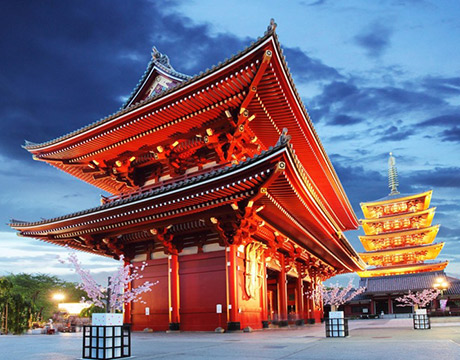
Tokyo
Japan
Bangkok
Thailand
Seoul
South Korea
Vientiane
Laos
Yangon
Myanmar
Washington DC
USA
Los Angeles
USA
Ottawa
Canada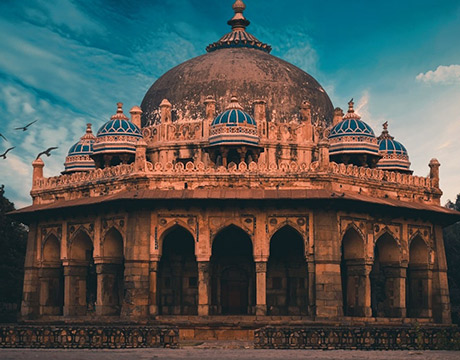
New Delhi
India
Singapore
Singapore
Kuala Lumpur
Malaysia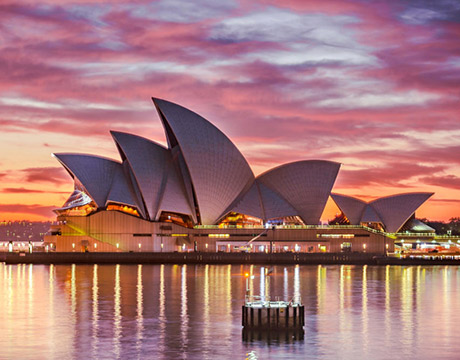
 English
English French
French Khmer
Khmer Thai
Thai Vietnamese
Vietnamese Chinese
Chinese Korean
Korean German
German Japanese
Japanese Italian
Italian Russian
Russian Spanish
Spanish Dutch
Dutch Indonesian
Indonesian Malay
Malay





